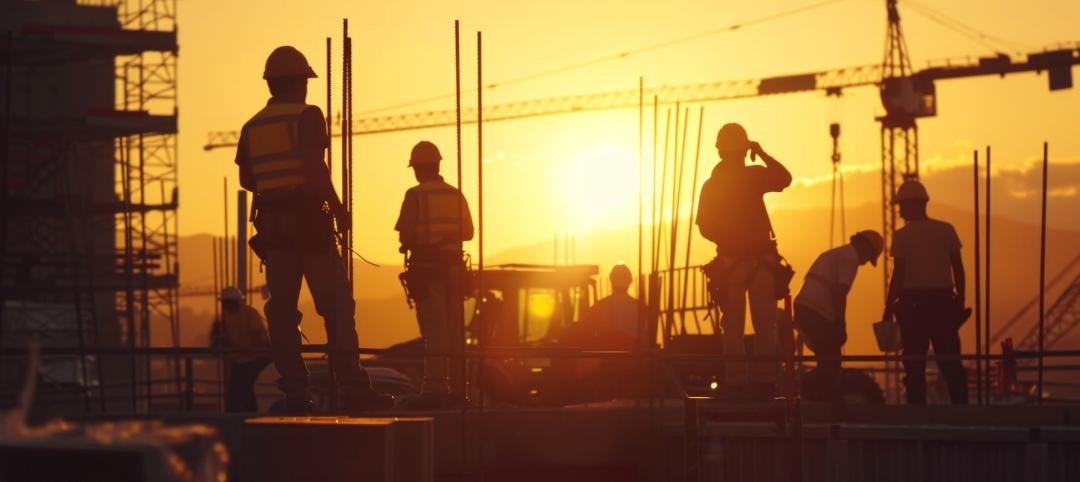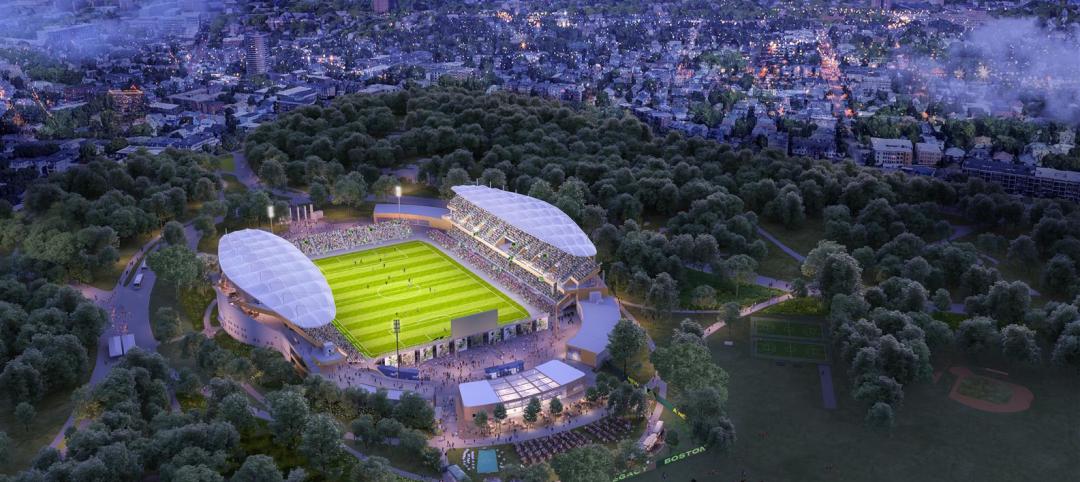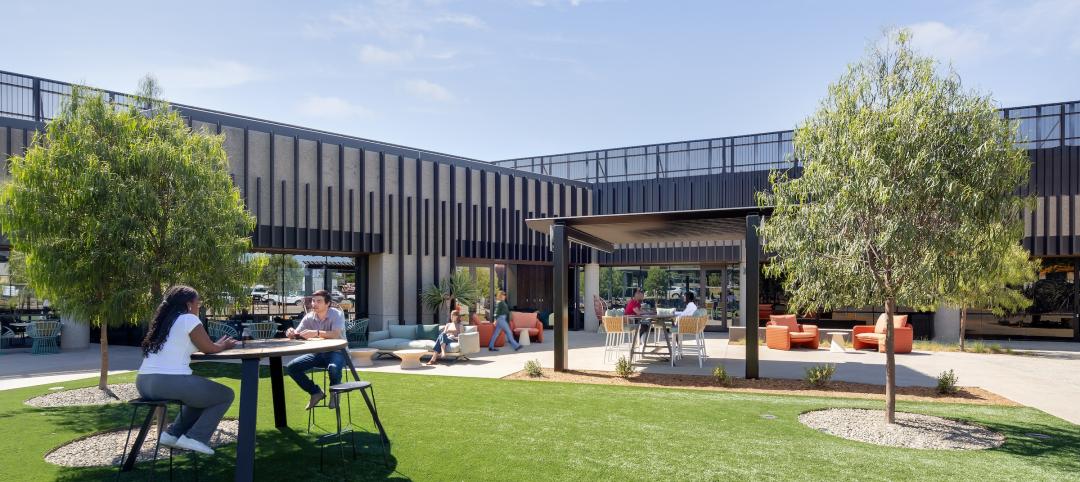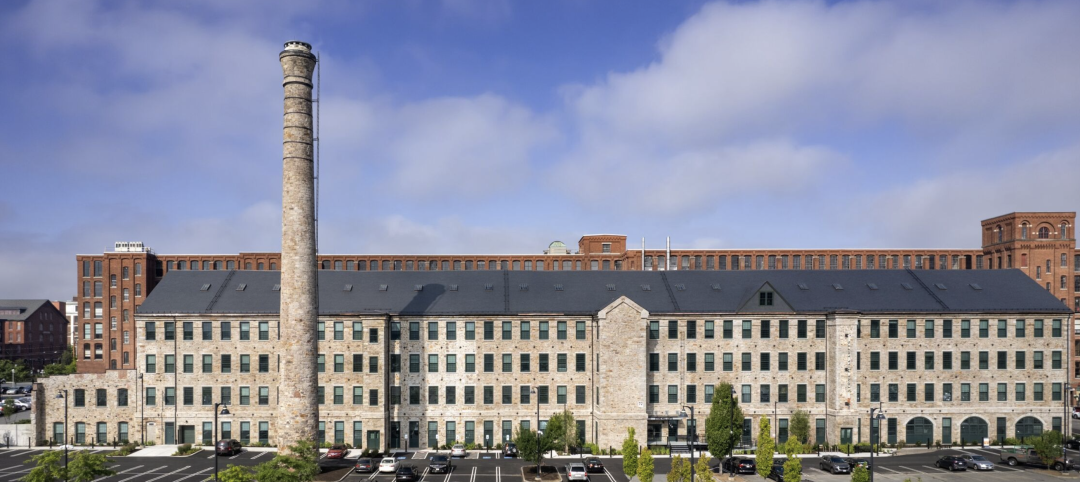The AEC industry’s initial reactions to Congress finally passing a $1.2 trillion infrastructure package focused on the myriad opportunities that lie ahead for the country and their businesses.
“The importance of this bill cannot be overstated,” Sam Sleiman, Executive Vice President of National Transportation for the general contractor Suffolk, told ConstructionPros.com. “This will be the largest investment in American infrastructure in a generation.”
Murray Rowden, global head of infrastructure for the construction consulting firm Turner & Townsend, expects this bill will create platforms for public-private partnerships “that both amplify the funding in the bill [and] fortify infrastructure as a stable asset class.” Moody’s Investors Service has estimated that passage of this legislation could result in a 5 percent increase in U.S. construction spending next year, and another 5.5. percent increase in 2023. Those growth rates would be about two percentage points higher than the spending increases without the bill.
The legislation will deliver $550 billion in new federal investments in the country’s infrastructure over the next five years, $110 billion of which will go toward roads, bridges and other major infrastructure projects. Tens of billions more will now be poured into upgrading public transit, freight rail, broadband, airports, ports, and waterways. The bill will help pay for expanding America’s recharging network for electric vehicles. Fifty billion dollars are earmarked for making power and water systems more resilient. Environmental remediation of Superfund and brownfield sites gets $21 billion.
The building industry certainly welcomed the government’s financial commitment, even if the total Congress approved is about half of what President Joe Biden asked for. Michael Bellaman, President and CEO of the 21,000-member Associated Builders and Contractors, stated that his organization “stands ready to do the important work to bring infrastructure into the 21st Century.” Bellaman expressed wariness, though, about some of the bill’s “exclusionary” provisions that could restrict the eligibility of some workers to participate in these projects.
The National Association of Home Builders stated that the 2,700-page bill contains several provisions that NAHB believes will boost housing affordability, including those that reduce or eliminate energy and water code mandates and streamline permitting.
POTENTIAL GROWTH IN JOBS AND DIGITIZATION
Passage of this bill “proves once again that the country can lead with infrastructure,” said Dennis D. Truax, PE, President of the American Society of Civil Engineers, which represents more than 15,000 CEs worldwide. Truax also took a victory lap by framing the Infrastructure Investment and Jobs Act, as this legislation is titled, as the “culmination” of his Society’s “tireless” advocacy to educate Congress about “the role infrastructure plays in supporting the economy and our quality of life.” He noted the bill includes investments that address nearly all of the 17 categories in ASCE’s 2021 Report Card for America’s Infrastructure, which gave the country a C-minus grade.
Linda Bauer Darr, President and CEO of the American Council of Engineering Companies, a federation of 52 state and regional organizations representing more than 600,000 engineers, surveyors, and architects, said the Council’s analysis estimates that the bipartisan agreement would create more than 82,000 full- and part-time jobs in engineering and design services, pushing annual sector output to $416 billion by 2026 from $352 billion in 2021.
Autodesk’s CEO Andrew Anagnost called passage of this bill “a historic moment in the future of our infrastructure, our economy, and the health of our communities.” He saw it as evidence that the Biden Administration and Congress “are ready to get ahead of the infrastructure innovation curve” by creating a program for state departments of transportation to incorporate digital design, construction, and operations tools into their processes. “Overall, it will enable our customers and the industry at large to lead projects that are built faster, more affordably, and that are more innovative, resilient, and climate conscious.”
Related Stories
M/E/P Systems | Oct 30, 2024
After residential success, DOE will test heat pumps for cold climates in commercial sector
All eight manufacturers in the U.S. Department of Energy’s Residential Cold Climate Heat Pump Challenge completed rigorous product field testing to demonstrate energy efficiency and improved performance in cold weather.
MFPRO+ New Projects | Oct 30, 2024
Luxury waterfront tower in Brooklyn features East River and Manhattan skyline views
Leasing recently began for The Dupont, a 41-story luxury rental property along the Brooklyn, N.Y., waterfront. Located within the 22-acre Greenpoint Landing, where it overlooks the newly constructed Newtown Barge Park, the high-rise features East River and Manhattan skyline views along with 20,000 sf of indoor and outdoor communal space.
Resiliency | Oct 29, 2024
Climate change degrades buildings slowly but steadily
While natural disasters such as hurricanes and wildfires can destroy buildings in minutes, other factors exacerbated by climate change degrade buildings more slowly but still cause costly damage.
Hotel Facilities | Oct 29, 2024
Hotel construction pipeline surpasses 6,200 projects at Q3 2024
According to the U.S. Hotel Construction Pipeline Trend Report from Lodging Econometrics, the total hotel pipeline stands at 6,211 projects/722,821 rooms, a new all-time high for projects in the U.S.
Office Buildings | Oct 29, 2024
Editorial call for Office Building project case studies
BD+C editors are looking to feature a roundup of office building projects for 2024, including office-to-residential conversions. Deadline for submission: December 6, 2024.
Healthcare Facilities | Oct 28, 2024
New surgical tower is largest addition to UNC Health campus in Chapel Hill
Construction on UNC Health’s North Carolina Surgical Hospital, the largest addition to the Chapel Hill campus since it was built in 1952, was recently completed. The seven-story, 375,000-sf structure houses 26 operating rooms, four of which are hybrid size to accommodate additional equipment and technology for newly developed procedures.
Contractors | Oct 25, 2024
Construction industry CEOs kick off effort to prevent suicide among workers
A new construction industry CEO Advisory Council dedicated to addressing the issue of suicide in the construction industry recently took shape. The council will guide an industry-wide effort to develop solutions targeting the high rate of suicide among construction workers.
Sports and Recreational Facilities | Oct 24, 2024
Stadium renovation plans unveiled for Boston’s National Women’s Soccer League
A city-owned 75-year-old stadium in Boston’s historic Franklin Park will be renovated for a new National Women’s Soccer League team. The park, designed by Fredrick Law Olmsted in the 1880s, is the home of White Stadium, which was built in 1949 and has since fallen into disrepair.
Laboratories | Oct 23, 2024
From sterile to stimulating: The rise of community-centric life sciences campuses
To distinguish their life sciences campuses, developers are partnering with architectural and design firms to reimagine life sciences facilities as vibrant, welcoming destinations. By emphasizing four key elements—wellness, collaboration, biophilic design, and community integration—they are setting their properties apart.
Adaptive Reuse | Oct 22, 2024
Adaptive reuse project transforms 1840s-era mill building into rental housing
A recently opened multifamily property in Lawrence, Mass., is an adaptive reuse of an 1840s-era mill building. Stone Mill Lofts is one of the first all-electric mixed-income multifamily properties in Massachusetts. The all-electric building meets ambitious modern energy codes and stringent National Park Service historic preservation guidelines.

















